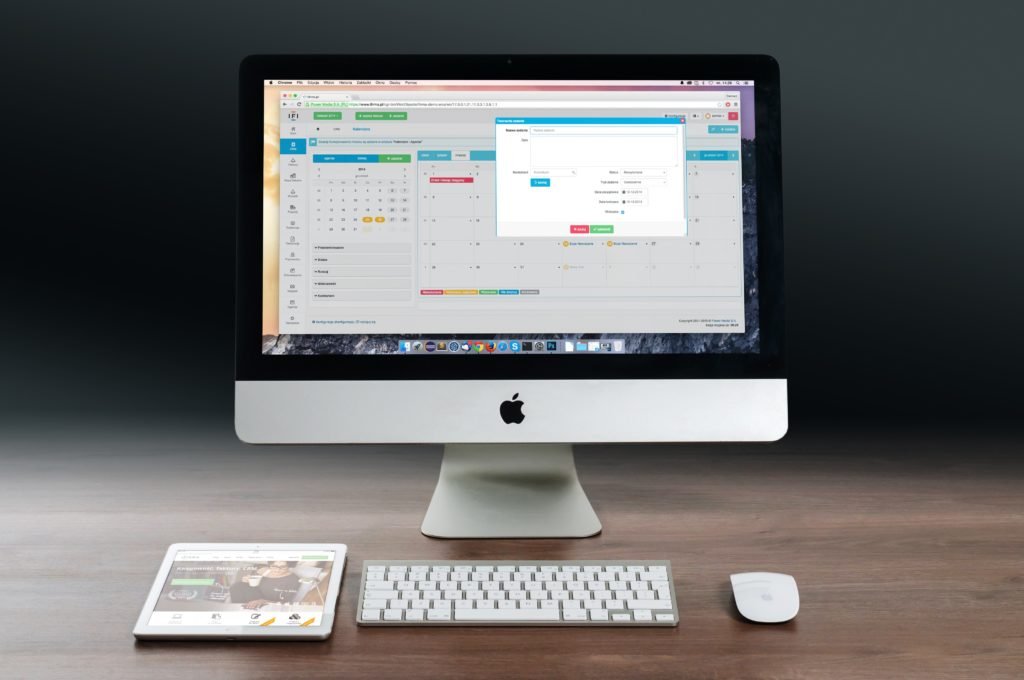If you have not heard about the URL shortener, what it is & its uses, you have come to the right place. Here’s the beginner’s guide to URL shorteners where you can get all the information about a URL shortener. If you have ever copied and pasted any link onto your social media profiles, you apparently had one thought: this looks so long. This is where the concept of a URL shortener came in. As the name suggests, a URL shortener is used to get a short URL. It takes long and sloppy URLs and turns them to short and easier ones.
URL shorteners are not new- TinyURL has been in use since 2002. However, their popularity increased with the rise of Twitter, which allows only 140 characters in a message. Here, in this beginner’s guide to URL shorteners, we would like to tell you what a link shortener is and what are the benefits of a shortened URL.
What is a URL Shortener?
The term, “URL” is an abbreviation used for Uniform Resource Locator. It is known as a web address or link. A URL shortener is a tool that takes a full-length link and shortens it into a short URL. Link shortener is not something new, they have been widely used for several years. URL shortener gained popularity when Twiter limited tweets to only 140 characters. The character count of Twitter and link policies have since then changed. Now, users can tweet up to 280 characters. However, compressing URL’s remains to be a best practice for distributing content across all social media networks and channels.

Why is a URL Shortener Useful
A link shortener makes links more manageable
All the web links are not messy. However, many links are wordy and long for SEO reasons. Search engine optimization, or SEO, is about ranking the website higher in Google. One of the vital factors Google and other search engine consider are the presence of keywords in the URL. This creates a problem for the users- the URL’s describe the content, but are lengthy and are not that easy to share on web pages, emails, and mainly social media platforms like Facebook and Twitter. URL shortener solves the issue of making links more manageable to share. And some services allow users to add keywords too for describing the link.
A shortener helps to track the performance
Most link shortener provides analytical data. By recording the success of links, a business can understand what their customers are engaging with and adjust their strategies accordingly. They can find what is the audience clicking on? Why are they passing on without having a look? These analytics are the best ways to find patterns of behavior and find what your audience wants to see.
URL shortener leads to Higher Click-Through Rate
People are now used to see shortened links on social media platforms. Because of this, using shortened links will increase your click-through rate. It is one of the easiest changes that you can follow in your posting strategy for increasing its effectiveness. Not convinced? Try to follow this and check the difference in your analytical data!
Different Types of Link Shortener
- Shorby- While Shorby is popularly known as an Instagram Bio Link tool, it’s one of the best URL shorteners in the market. Using its URL shortener, you can easily convert long links to short ones using a few clicks.
- Bitly- It is one of the popular link shorteners around. One of the reasons behind its growing popularity is it does not require an account for use.
- TinyURL- It is one of the most outdated link shorteners in this list, but that does not mean it does not offer benefits.
- Rebrandly- Rebrandly is a kind of link shortener that is meant for customizing and branding URL’s to establish a distinguishable business in the digital world of competition.
When Should We Use a URL Shortener & When we Shouldn’t
Now that we understand what is a URL shortener, its uses, and benefits. Certainly, there is a cost to opening a new browser window, plugging in the name of your preferred URL shortener, and copy, pasting a new link, just to share it one time. For instance, maybe you send out 100 tweets linking to curated content every month. This is the content that content attracts followers to some of your preferred industry resources. For knowing did anybody like your content, just check the status in the URL shortener. You can find your top performers too. There are certain situations in which you should and should not use a link shortener.
A link shortener must be used when:
- Posting a link across different sites online. As discussed earlier, it is a lot simpler to track and change one link in one place, instead of hunting down all versions of it posted across your marketing channels and make the required changes.
- Writing all social profile bio’s for the same reason.
A URL shortener must not be used when:
- Linking one page of your website to another. Mainly, if you are using an anchor text- which you must do always. There is no need for extra tracking here, as you can see your results in Google Analytics
- Sending an email or while chatting with friends. You can simply embed the link in the anchor text or paste it right in there. As your friend trusts you, there is no need to worry about them not clicking the long URL.
As far as social media is concerned, shortened URLs are the only type of URLs. If you haven’t started using them, it is time to start using a URL shortener. Before starting, first, find out whether your FB page has a long URL full of characters and numbers that is difficult to understand? If yes, then it is bad for :
- Sharing your link with others
- Brand building
- Search Engine Optimization
- Looks unprofessional

How to Shorten Facebook URL
- Select a simple username, e.g. facebook.com/company name
- Click Facebook.com/username
- You will find a drop-down menu of all the pages of which you are an admin. Select the page you want to change
- In the box saying, ” Choose the desired username” enter the name of your company.
- Click the option, “Check Availability.”
- If the username you chose is already taken, change it by adding some extra words.
- You will find a pop-up window asking you to confirm the change in name. Click the “Confirm” button
- You have a new URL!
Now, as you have gone through this beginner’s guide to URL shortener and understood everything about a link shortener, don’t miss it next time

